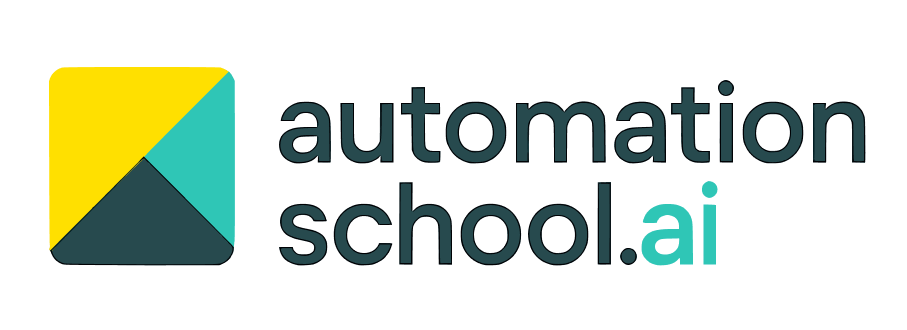Automation OS: A Framework for AI-Assisted Work
 By David Mansaray
By David Mansaray

Table of Contents
To get the most out of AI and automation you first need to see clearly where to apply them and what would have the most impact.
That's precisely what the Automation OS framework offers.
A clear breakdown of AI automation into six core elements:
Routine Tasks
Insights
Communication
Content & Documents
Creative Work
Complex Processes
Think of these as the building blocks of any successful automation strategy.
The beauty lies in its simplicity. Rather than getting overwhelmed by AI tools flooding the market, you start by asking: "Which element am I trying to automate?" Are you drowning in data entry (Routine Tasks)? Struggling to understand customer feedback (Insights)? Or perhaps trying to scale your content production (Content & Documents)?
Once you identify the relevant elements, choosing the right tools becomes straightforward. You can even combine the elements to automate entire workflows, creating what the framework calls Complex Processes.
Routine Tasks: The Gateway to 10x Productivity
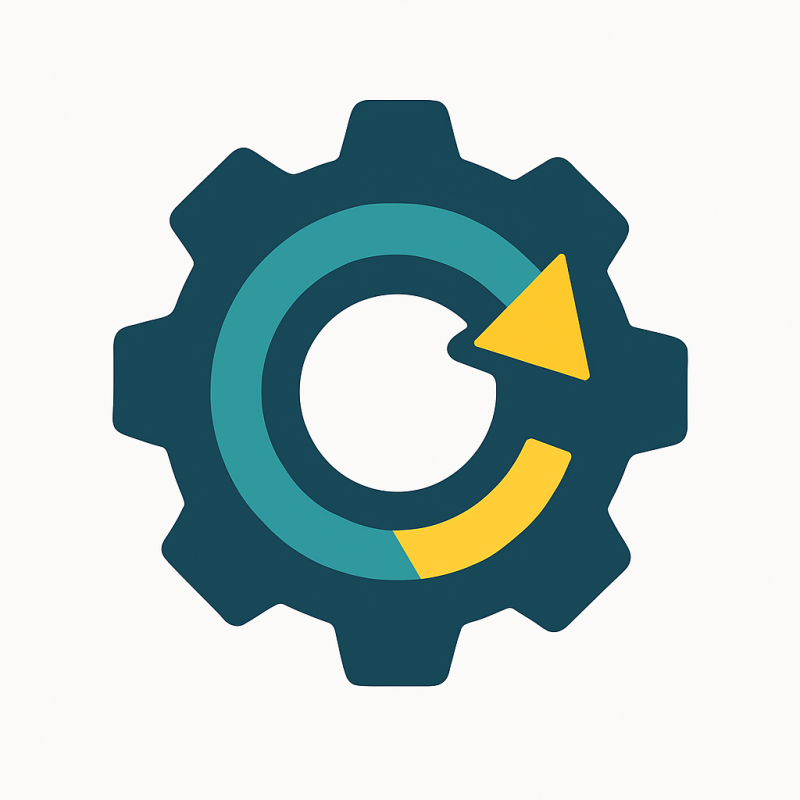
Imagine if you could clone yourself and then delegate all boring tasks to your clone. That's what automating routine tasks offers: a digital version of you tackling the repetitive work so you focus on what truly matters.
Routine tasks are the perfect starting point for automation because they're predictable, rule-based, and often boring and repetitive. They eat away at your day and add up bit by bit. Think data entry, file management, or generating weekly reports that follow the same format.
As you transition to becoming AI-assisted with work, the beauty of starting with routine task automation lies in its immediate impact. When you automate just one hour of daily repetitive work, you're not just saving five hours a week, you're eliminating the mental fatigue that comes with routine work. When you automate these tasks your brain stays fresh for creative thinking, strategic planning, problem solving, or meaningful conversations with clients and colleagues.
What's more, routine automation rarely fails. Unlike complex processes that might break when one element changes, simple automations like scheduling social media posts or organising incoming emails are incredibly reliable. They become your digital assistants, working 24/7 without rest!
Start small, automate one routine task this week, and watch how quickly those saved minutes compound into hours of reclaimed time.
Insights: Turn Raw Data Into an Automated Strategic Advantage
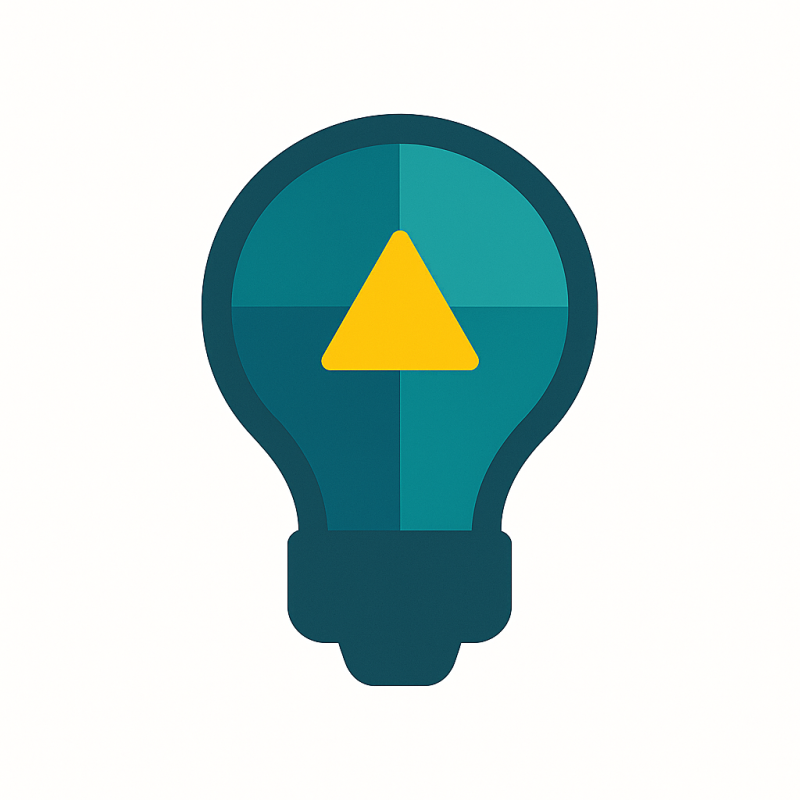
Whether you're analysing customer feedback, monitoring website behaviour, or tracking competitor moves, automation can reveal patterns you'd likely miss.
Think about it: every interaction today generates data. Every customer comment, website click, sales transaction, all tell a story. The challenge isn't data collection, it's making sense of it quickly enough to take action.
Instead of manually sifting through spreadsheets, or your competitors' websites or social channels, use AI-powered automation to identify trends, sentiment shifts, and emerging opportunities.
The real impact happens when these insights become part of your daily operations. You’ll not just react to what happened last month; you'll spot what the data shows and adjust course in real-time.
Communication: Scale Without Losing the Human Touch

What if you could respond to all inbound messages across platforms promptly whilst still sounding genuinely helpful and human?
That’s what automated communication done well can do. I’m not talking about the robotic "Dear Customer" responses that annoy everyone.
Think chatbots that understand context, or automated follow-ups that remember previous conversations.
It’s not about replacing human connection; but amplifying it. By automating routine exchanges, you create space for meaningful interactions.
Content & Documents: From Hours to Minutes
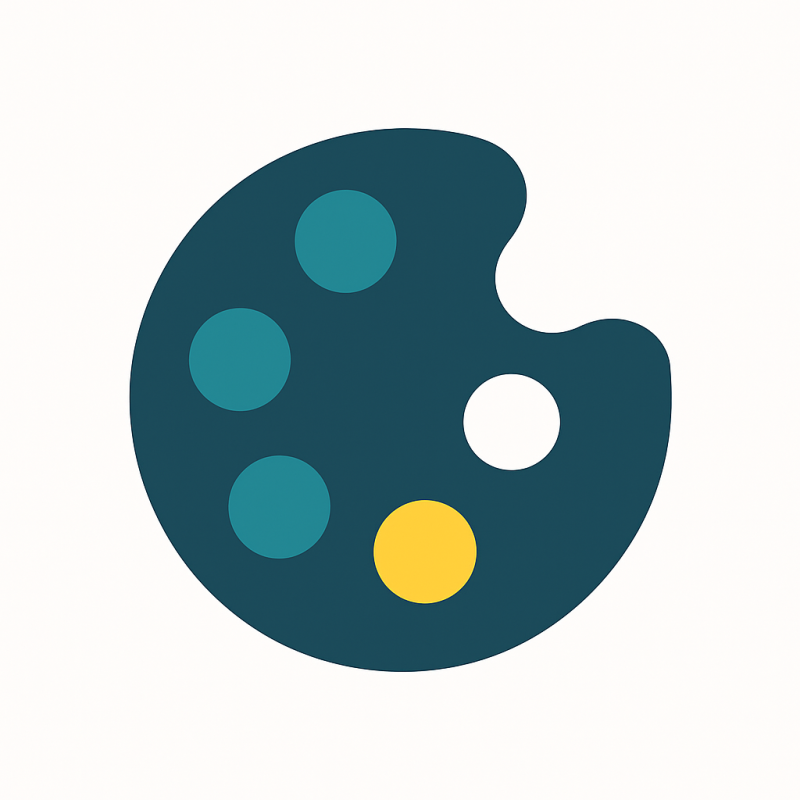
One of business's most time-consuming challenges: producing text-based materials that keep operations running. From blog posts to SOPs and email campaigns. Writing and document creation is the backbone of so many businesses.
You don't need to be techy. Today's tools can help you draft a compelling blog, generate product descriptions, or create comprehensive reports that would typically take days in minutes. All whilst maintaining your brand voice.
You want to use AI as your creative partner rather than a replacement. It handles the heavy lifting such as research, structure and first drafts whilst you focus on adding personality, expertise, and the human touch.
This isn't just about saving time. It's about scaling with less resources while maintaining consistency.
Creative Work: produce agency-level graphics without design overhead
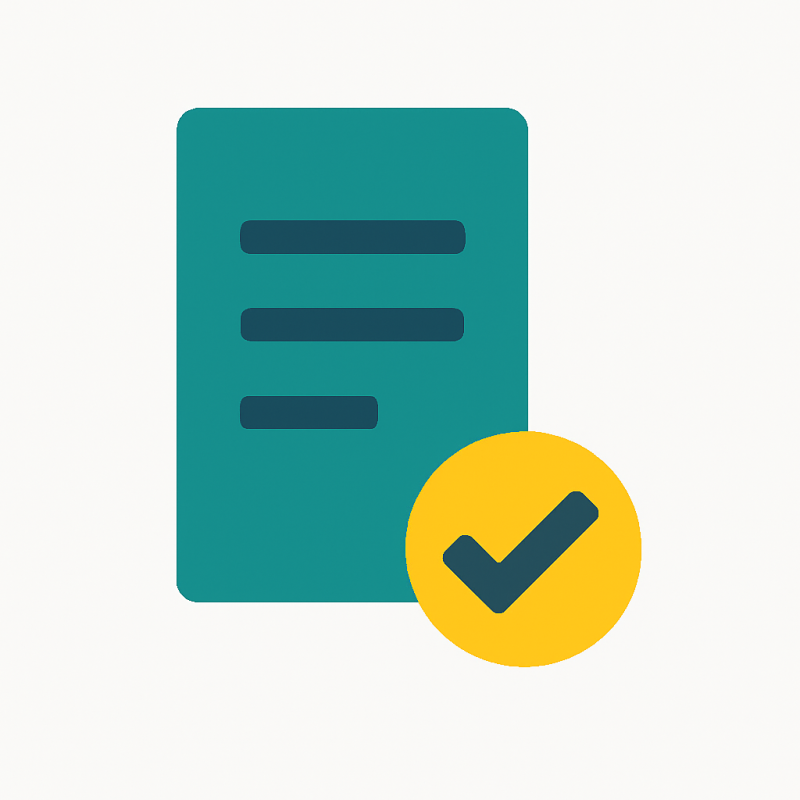
You no longer need years of training to produce professional-looking design. Need a hero image for your website? Variations of your logo? An image for your article? A video for social media? Describe it to an AI. Done in minutes, not days.
By handling the technical execution, we’re freed up to focus on the vision and strategy. It's like having an assistant who never tires and can work at the speed of thought (almost). AI doesn't replace human creativity. It amplifies. Lean in for maximum impact.
Complex Processes: The Ultimate Automation Achievement
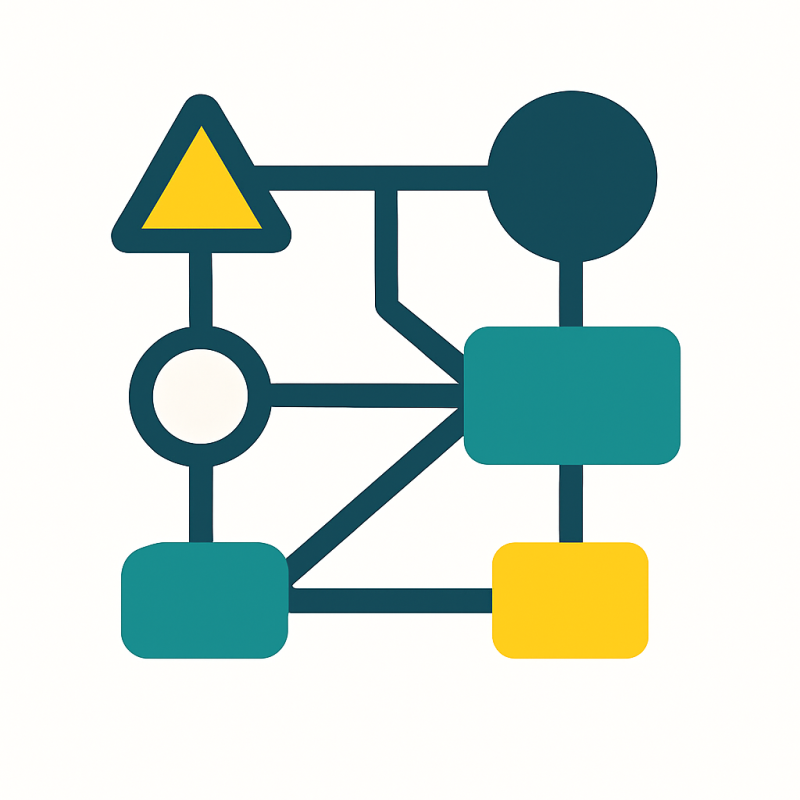
The most leverage comes when you automate multi step workflows that sometimes span departments, systems, and decision points. You create a domino effect where one automated action intelligently triggers the next, and the next, until an entire operation (mostly) runs itself.
This type of automation combines all the other elements we've discussed. A client onboarding system, for instance, might use routine tasks to collect information, insights to qualify leads, communication to send personalised messages, content creation for welcome packs, and even creative work for customised presentations. It's automation conducting automation. Also known as an AI agent.
AI agents are autonomous systems that can make decisions and they don’t just follow pre-set rules. They think about the best next step and evaluate the results to decide what to do next.
This is exciting and it can be tempting to jump in here, but It’s important to start small and build up. Master the other types of automation before trying to create autonomous agents.
AI Automation Mastery in 3 Simple Steps
The beauty of Automation OS lies in its simplicity.
Here's how to put it into action:
Step 1: Diagnose Your Challenge
Start by looking at your problem through the lens of the six Core Elements. Is it about eliminating repetitive tasks? Extracting insights from data? Scaling your content creation? Once you identify which elements are at play, you're halfway there.
Step 2: Match Tools to Elements
Each Core Element has its own toolkit of AI solutions and automation strategies. The framework helps you avoid "tool paralysis" by pointing you towards what actually fits your needs.
Step 3: Build Your Automation Stack
Start small with individual elements, then gradually combine them into more sophisticated automations. Think of it as building with LEGO, each piece is simple, but together they’re powerful.
The real power isn't in the tools. It's in knowing how to break down a task and think about automation systematically.
